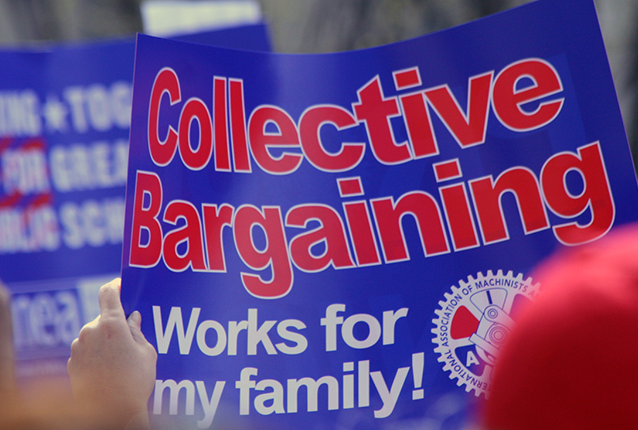Learn the benefits of union yes.
-
Although estimates vary between 10% and 30% depending on the source, the U.S. Department of Labor estimates that non-union workers earn 85% less than union members in wages. Union members earn even more when factoring in the value of fringe benefits, such as retirement plans, paid leave, and health insurance.
-
According to the Economic Policy Institute (2021), union members are more likely to have access to paid leave and paid vacation. Access is significantly greater for Black, Latino, and AAPI workers. According to the Institute for Women’s Policy Research (2021), women who are union members are 15% more likely to have access to paid leave for doctor’s appointments and 20% more likely to have access to paid vacation, benefits that are especially important for family caregivers.
-
According to the U.S. Department of Labor, unionization increases wages 17.3% for Black workers and 23.1% for Latino workers. Non-white union members have a median household wealth that is 385% greater than non-union workers of color.
-
Union contracts are binding legal documents that set the terms of working conditions. Union members can grieve violations of the contract and the union has a duty of fair representation to ensure the matter is settled fairly. Union contracts protect workers from unjust or arbitrary actions by an employer.

